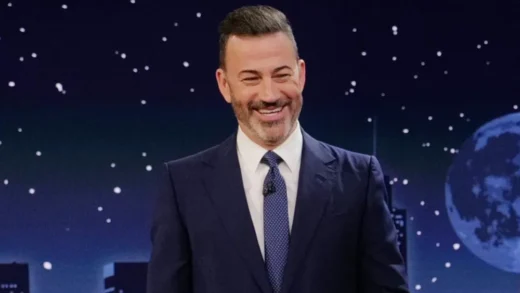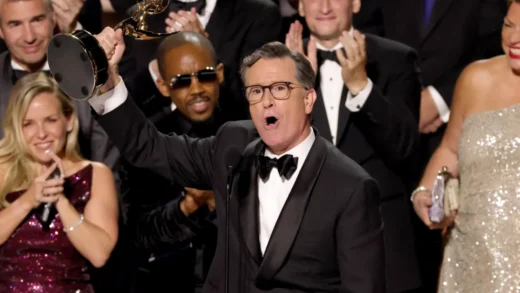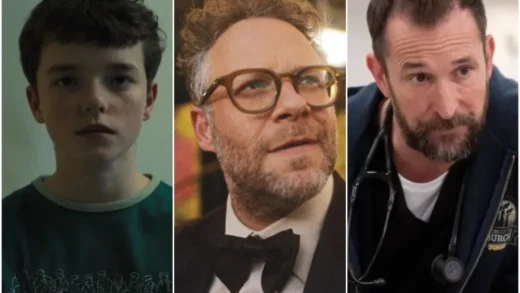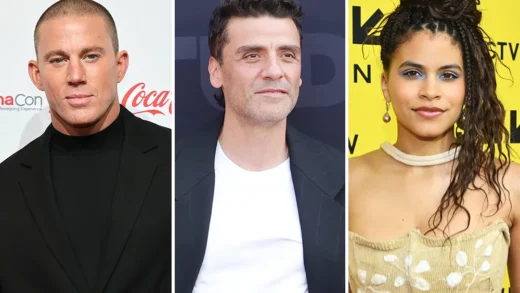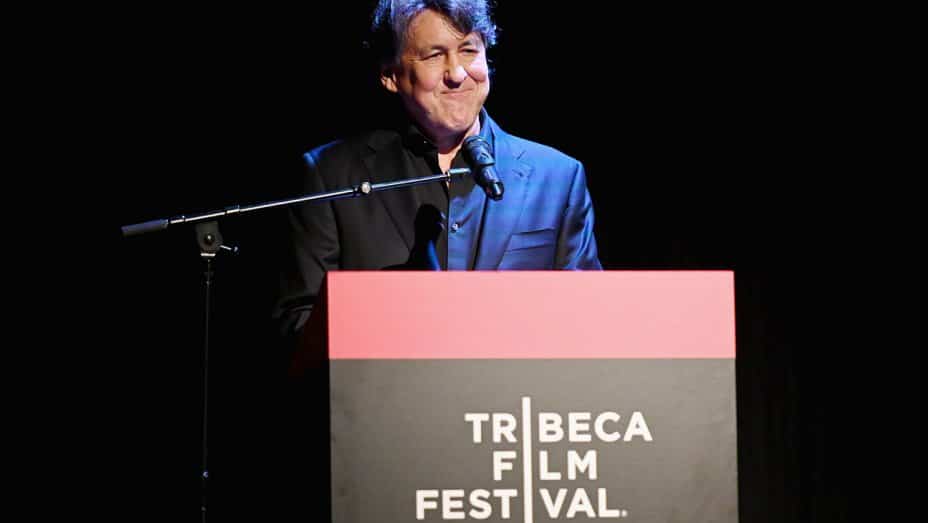It’s been 30 years since Say Anything…opened in theaters and Cameron Crowe’s directing career took off, but when John Cusack appears on the screen via Skype at the anniversary screening of the film at the Tribeca Film Festival on Tuesday night, it’s as if Lloyd Dobler never left.
Dobler, of course, is the optimistic hero (played by Cusack in the film) who goes after the girl of his dreams, a “brain” as she’s called (played by Ione Skye), against all odds and wins her. The film marked Crowe’s first directing moving, and the image of Cusack holding up a boombox playing Peter Gabriel’s “In Your Eyes” is forever cemented in cinematic history.
Crowe initially conceived the film around the idea of this brilliant golden girl, and he wanted to create an unlikely leading man for her, but he was stuck on it. Then, while he was writing one afternoon, his neighbor knocked on his door.
“I love working with [executive producer] James Brooks, and we were struggling with the main character. I came in one day and said, ‘I’m trying to write this script and finish it but this guy next door keeps knocking on my door and telling me about kickboxing,’” Crowe told The Hollywood Reporter. And he basically said, ‘Buddy if you don’t write that and that guy isn’t your character, you might be making a mistake.’”
But Cusack had to be convinced to take on the role, as he didn’t want to do another high school movie. (He refused to wear the mortar board in the graduation scene in the film.) “If John hadn’t done it, we wouldn’t be here,” Brooks said during a talkback after the film.
“I just started circling Cameron and a lot of the character is Cameron in a way,” Cusack said. “It seems to be Cameron’s infusion of this guy Lowell, but I remember putting a lot of Cameron into the part. Or Cameron was trying to transmit something to me and we kept moving back into each other.”
Some of the part was Cusack though, as the iconic trench coat and Clash shirt was from his wardrobe. Even the music that they listened to on set made its way into the soundtrack. “I liked the idea that the film didn’t treat the characters as teenagers but treated them the way literature would treat someone,” Cusack said.
He also said he was fascinated by the casting of Skye, as he had seen her earlier, more intense film River’s Edge, and Skye told THR that she and Cusack formed a fast friendship.
“John Cusack and I were really just—we didn’t hook up but we were in love with each other as people,” Skye said. “And we just admired each other so much. Making the movie together was just such a great journey of our friendship and love.”
Cusack applauded Skye’s performance in the film, particularly her work with John Mahoney, who played her father.
“One of the very underrated parts of the film is just how great the story works as a father and daughter story,” Cusack said. “Besides the love story with the two characters. I think the acting with John Mahoney and Ione is incredible and kind of underrated in a weird way, if you can have something that’s underrated in a movie that’s so beloved.”
There were other names on the table for the character of James Court, though, including Dick van Dyke and Richard Dreyfuss. (However, Dreyfuss wrote back, “Great script. I want to play Lloyd.”) Mahoney prided himself on being a Chicago actor (of which there were many including Cusack, his sister Joan Cusack, and Jeremy Piven), and while he didn’t fraternize regularly with the younger cast members, they remember him fondly—particularly his laugh.
“I was intimidated with Johnny and Joanie but with John Mahoney there was something about him,” Skye said, remembering that they would sing together between takes.
Also, that boombox scene that has been replicated across pop culture, almost didn’t happen exactly the way it did, according to Crowe.
“I wanted that scene to represent just the simple thing of: remember me, remember us and remember the song that was playing when we were together,” Crowe told THR. “In the script he’s standing on a hillside so the music would waft by her bedside. We did it a couple of different ways, but the last shot on the last day was that one where Cusack is just doing it with determination and in his eyes was everything.”
Brooks applauds the optimism and innocence of the film, but he also thinks the story was ahead of its time.
“The movie ended in a very unusual way for a movie made 30 years ago, where a regular guy is in love and is loved by a very gifted girl. And the easy thing he does with his love is support her and changes his life to support what she’s about to do,” Brooks told THR. “That was conscious and we knew that happened and nobody ever picked up on it.”
(Excerpt) Read more in: The Hollywood Reporter
